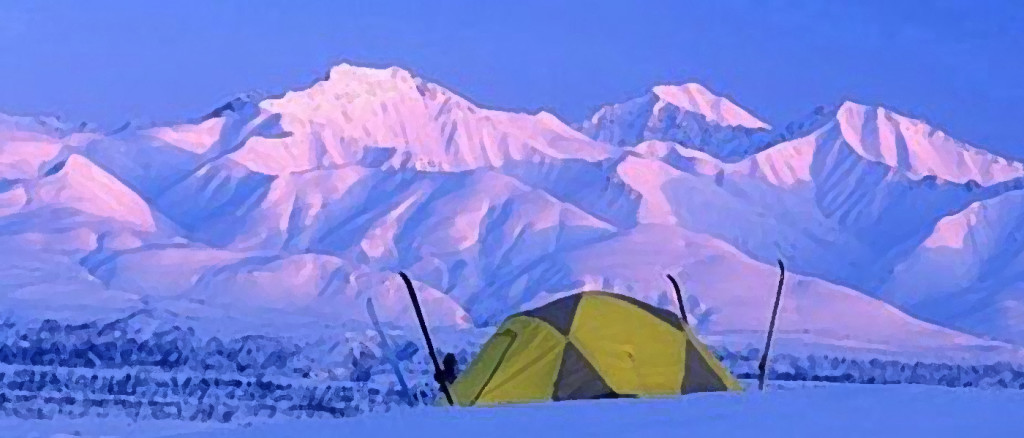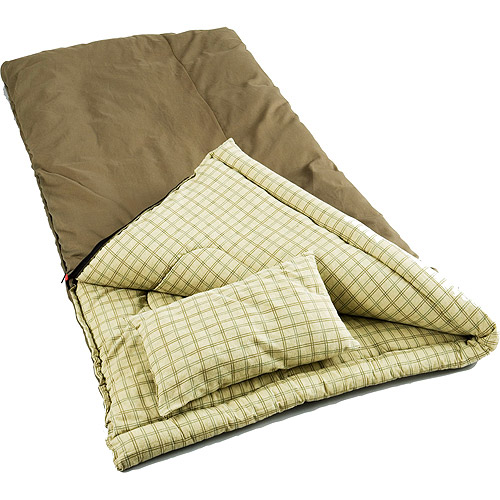For outdoors lovers, winter means snowshoeing, snowmobiling, skiing, snowboarding and plenty of equipment to keep you running and biking all through the cold weather months. Those in search of an even greater challenge, however, might consider winter camping.
Camping is a breeze during fair weather: simply dress for the elements, pack enough to get by and enjoy. Cold-weather camping, on the other hand, comes with new obstacles. Below-freezing temperatures, difficult hiking conditions and potential problems with unpredictable weather need to be addressed in order to make for a fun and safe experience.
Allison Burhins, a store guide at Eastern Mountain Sports, says that “the best way to deal with problems is to prevent them.” First on the list of preparations is to figure out where you’re going and who will be your fellow travelers. Some places won’t even allow hikers and campers in a group of less than four people, so plan on bringing friends.
Once a location is decided, do your research. Where are you headed? How long will it take to get there and set up? If something does go wrong, what emergency resources are available and how close are they?
Next, examine the weather patterns so you know exactly what conditions you’ll encounter. And let people back at home know where you’re going and for how long. This way they know when to take action if you’re not back by a certain time.
When it comes to clothing, pack in layers: a base layer, which hugs your skin to keep warmth in (usually synthetic or wool, not cotton); a middle, insulating, layer of fleece or a similar material; and an outer shell layer that is waterproof, windproof and breathable. Some layers can be doubled up if conditions are extra cold. Burhins also recommends understanding how to adjust what you’re wearing so you can let heat and moisture out, if necessary.
Footwear is also extremely important. Higher cut, fully waterproofed boots provide more protection from water or snow getting into shoes. Socks also come in a variety of styles; Burhins recommends packing both lighter socks for activity and warmer pairs for downtime at the campsite.
Whereas 40-liter backpacks are often large enough for summer camping, 65- to 70-liter packs are needed for the winter. This leaves room for the proper sleeping bag, one that can accommodate negative-degree temperatures and a winter or Mountaineering (four-season) tent, which has thicker insulated walls to keep heat inside and shield from wind. They’re also extra-strong in structure. Sleeping bags range from $200 to $400, with tents around $400. Sleeping bag liners and pads are also available to help maintain warmth.
Burhins tends to pack normal food and nutritional bars, but others might find dried powder goods to be preferable. The popular Backpacker’s Pantry brand has all kinds of flavors that are lightweight, full of calories and simply require water. For those who want to bring small stoves, make sure you’ve got the correct fuel, because some canisters won’t open in the cold.
Additional equipment and safety precautions include a flashlight and/or headlamp and batteries, plus gloves, hats and extras of everything in case something gets wet. For the ultra-adventurous, the Spot Gen3 works as a tracking device, so even when your cellphone loses service, you have a way to communicate if you need help.
So why would anyone go through the trouble of this extremely complicated activity? Burhins laughs, admitting that winter camping can be a grueling experience, but it also offers hearty adventure-seekers the opportunity to find ideal backcountry skiing and follow the snow for the best conditions.
“I just went in New Hampshire for a few days,” Burhins says. “It’s something different and something interesting.”
There are also plenty of local places to explore: The Adirondacks, the Finger Lakes Trail, and Highland Forest are all within reasonable distances. Websites like CNYHiking.com and guide books and maps at stores like Eastern Mountain Sports will guide cold-weather champions through whatever adventure they’re seeking.
For more Sports and Fitness – CLICK HERE




